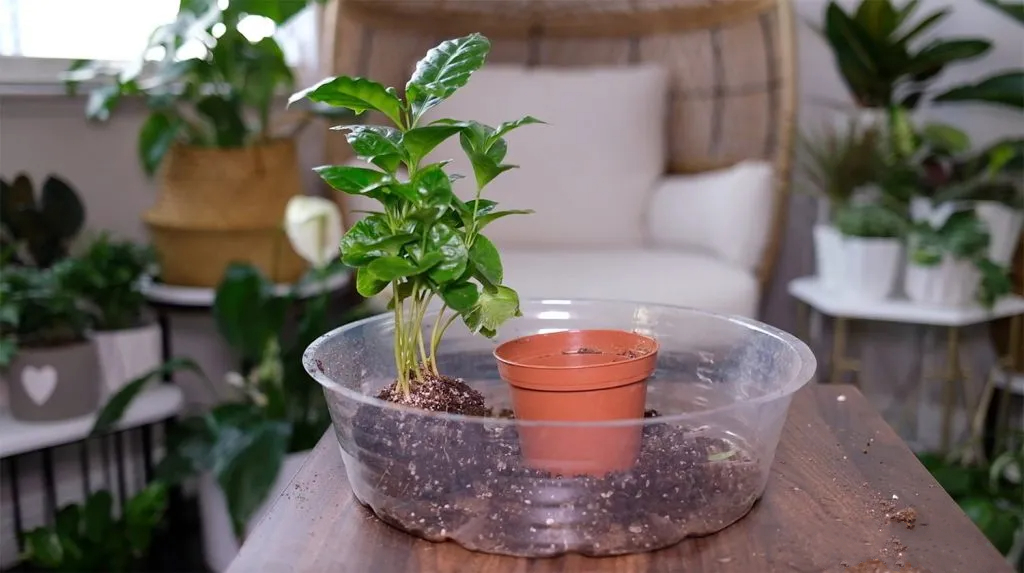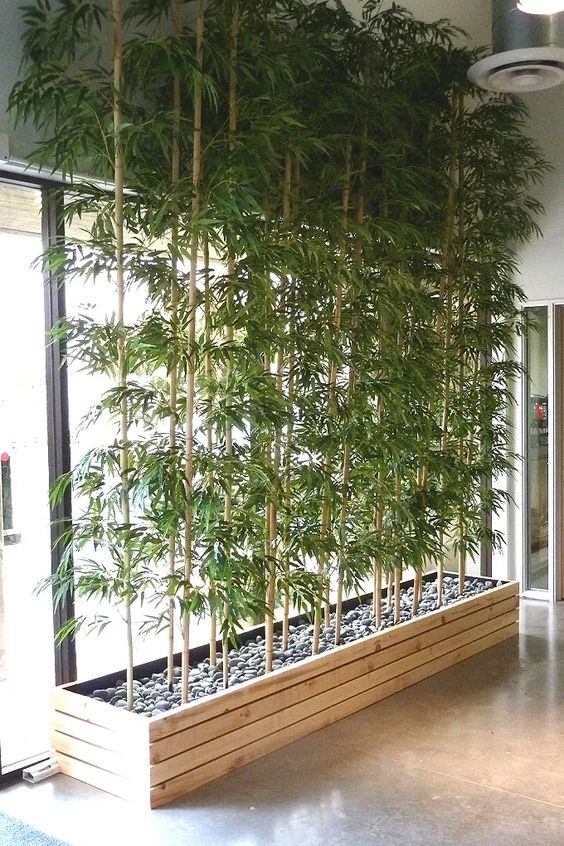In today’s fast-paced world, finding ways to bring a touch of nature into our homes and workspaces is more important than ever. One of the easiest and most rewarding ways to do this is by propagating pothos plants. These vibrant and low-maintenance plants not only enhance the aesthetics of your space but also improve indoor air quality. In this article, we will explore the art of propagating pothos plants, step by step, so you can greenify your space effortlessly.
Introduction
Pothos plants, also known as Epipremnum aureum or Devil’s Ivy, are renowned for their hardiness and ability to thrive in various conditions. Their lush, trailing vines and heart-shaped leaves make them a popular choice for both beginner and seasoned plant enthusiasts. Propagating these plants allows you to multiply your green companions and share their beauty with friends and family.
Why Choose Pothos Plants?
Before delving into the propagation process, it’s essential to understand why pothos plants are an excellent choice for greening your space. Here are some compelling reasons:
- Low Maintenance: Pothos plants are incredibly easy to care for, making them ideal for beginners. They can adapt to low light conditions and don’t require frequent watering.
- Air Purification: Pothos plants are known for their air-purifying qualities. They can help remove toxins like formaldehyde and benzene from the air, improving indoor air quality.
- Aesthetic Appeal: With their elegant, trailing vines, pothos plants add a touch of natural beauty to any room. They are versatile and can be placed in hanging baskets, on shelves, or in decorative pots.
Understanding Pothos Propagation
Selecting the Right Stem
Propagation starts with selecting the right stem. Look for a healthy parent pothos plant and choose a stem with at least two leaves. The stem should be about 4-6 inches long.
Gathering Necessary Supplies
To begin the propagation process, gather the following supplies:
- A sharp, clean pair of scissors or pruning shears
- A glass or vase for water propagation
- Well-draining potting soil for soil propagation
- A small pot with drainage holes
Water Propagation
Preparing the Cutting
Using your sharp scissors or pruning shears, cut the selected stem right below a leaf node. A leaf node is the small bump on the stem where leaves and roots emerge.
Submerging the Cutting
Place the cutting in a glass or vase with enough water to submerge the node but not the leaves. Change the water every few days to keep it fresh.
Maintaining Proper Conditions
Position the glass or vase in a bright, indirect light location. Keep the water level consistent, and within a few weeks, you’ll notice roots starting to grow. Once the roots are a few inches long, your cutting is ready to be potted.
Soil Propagation
Preparing the Cutting
Similar to water propagation, cut the stem just below a leaf node. This time, you’ll be planting it in soil, so make sure the cutting is about 4-6 inches long.

Planting in Soil
Fill a small pot with well-draining potting soil and make a hole with your finger or a stick. Insert the cutting into the hole and gently pat the soil around it. Water lightly and place the pot in a location with bright, indirect light.
Caring for the New Plant
Water the newly planted cutting when the top inch of soil feels dry. Pothos plants don’t like to sit in soggy soil, so be mindful not to overwater. As the plant grows, you can transfer it to a larger pot if needed.
Tips for Success
Light and Temperature Requirements
Pothos plants thrive in moderate to bright, indirect light. Avoid direct sunlight, as it can scorch the leaves. They are comfortable at typical room temperatures between 65-80°F (18-27°C).
Pruning for Healthy Growth
Regularly prune your pothos to encourage bushier growth and prevent leggy, straggly vines. Use clean scissors or pruning shears to snip off overgrown or yellowing leaves.
Common Mistakes to Avoid
- Overwatering: Pothos plants prefer to dry out slightly between waterings.
- Using poor-quality soil: Well-draining soil is crucial to prevent root rot.
- Ignoring signs of pests or diseases: Keep an eye out for yellowing leaves, which may indicate issues.
Benefits of Pothos Propagation
The benefits of propagating pothos plants are numerous:
- You can expand your indoor garden at minimal cost.
- Pothos plants make wonderful gifts for friends and family.
- The act of nurturing and watching your cuttings grow can be incredibly rewarding.
Conclusion
Incorporating pothos plants into your living or working space is a simple yet impactful way to bring the beauty of nature indoors. Propagation allows you to share the joy of these resilient and aesthetically pleasing plants with others. Whether you choose water or soil propagation, with the right care and attention, your pothos cuttings will flourish, adding a touch of green to your life.

FAQs
1. How often should I water my pothos plant?
- Water your pothos when the top inch of soil feels dry. Be cautious not to overwater, as pothos plants prefer slightly drier conditions.
2. Can I propagate pothos in low-light conditions?
- While pothos can adapt to low light, they will propagate more successfully in moderate to bright, indirect light.
3. What should I do if my pothos plant’s leaves turn yellow?
- Yellowing leaves can be a sign of overwatering or poor soil drainage. Adjust your watering habits and ensure the soil drains well.
4. Can I use tap water for water propagation?
- It’s best to use filtered or distilled water to prevent the buildup of minerals that can harm your cutting.
5. How long does it take for pothos cuttings to root?
- Typically, it takes a few weeks for pothos cuttings to develop roots when propagating in water. Soil propagation may take a bit longer, usually around 4-6 weeks.




